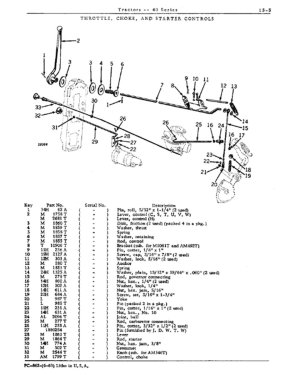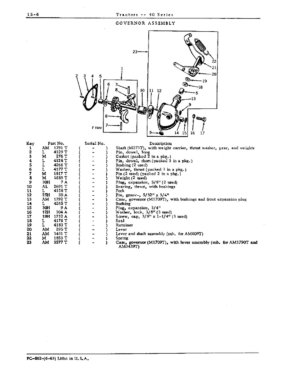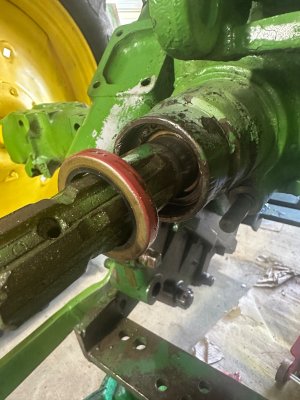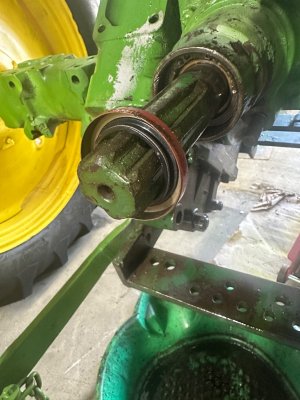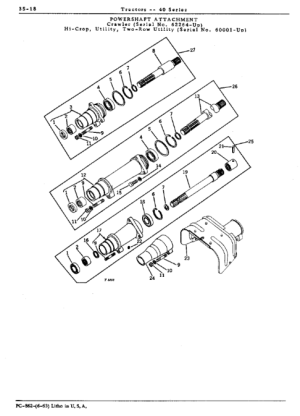I own a fully restored 1948 JD B and a 1953 JD 40. My son recently asked me a question that I haven’t the faintest idea of how to answer. Why does the 40 idle so slow, getting the full “putt putt affect” whereas the B runs at a much faster pace? Carburation? Camshaft?
Any insight is appreciated.
Any insight is appreciated.

